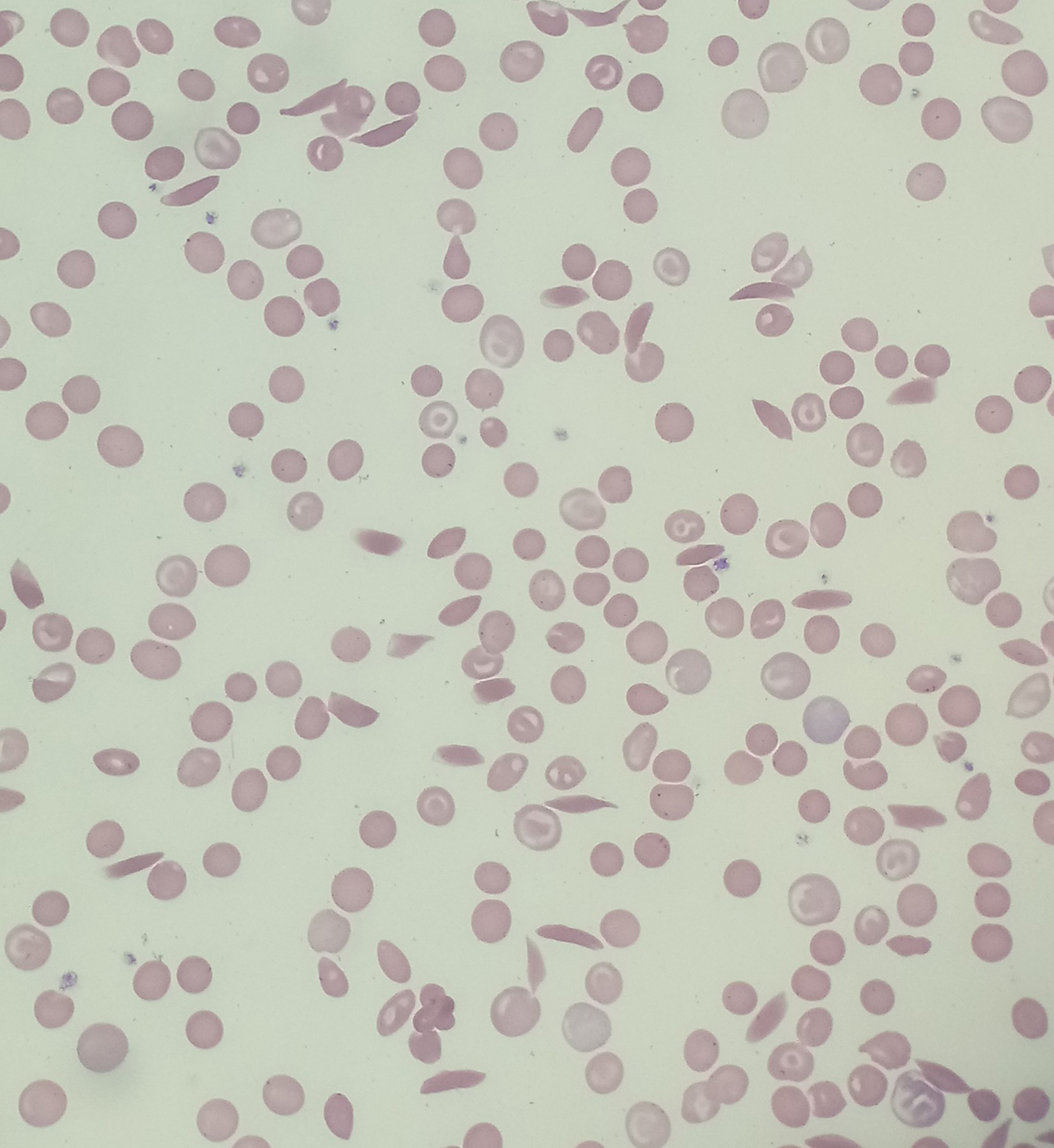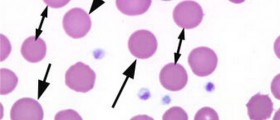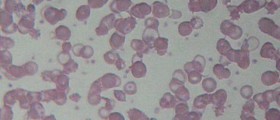
What is sickle cell anemia?
Sickle cell anemia is a blood disorder in which there is no enough number of the red blood cells which are healthy and normal in shape. Instead, the majority of the red blood cells are sticky and of a shape similar to sickles, which is why they easily get stuck in some blood vessels, thus blocking the circulation of oxygen and blood in the body. On the other side, normal red blood cells live for at least four months, but these sickle cells do not live longer than 15 days, which results in shortage of red blood cells, decreased level of oxygen in the body, and decreased level of energy, which is the main characteristic of anemia.
Causes of sickle cell anemia?
Anemia is one of the main signs of sickle cells anemia, and, since this condition is congenital, it can be diagnosed in babies very soon, even after four months. Pain is another alarming sign, and it can occur in chest, abdomen, joints and bones. The reason for the pain lies in the fact that the blood flow through tiny blood vessels is blocked, and it can be mild or severe, and it can last a few hours, or even a few weeks in some cases. These episodes of pain are called crisis.
Some crisis are so severe that hospitalization is necessary. Patients with sickle blood cell anemia also experience swellings in hands or feet, which is why this sign should not be ignored or disregarded, especially with the babies. Yellowing of the whites of the eyes, or of the skin is always a sign of some kind of liver problems, and it always requires medical attention. Given that this can indicate sickle cell anemia as well, it is only a reason more to visit the doctor as soon as the first signs are detected.
Treatment of sickle cell anemia
Unfortunately, no cure for sickle cell anemia has been found yet, and people who suffer from this condition can only expect that the treatment will help in relieving of some of the symptoms, and that it will prevent some of the complications. Antibiotics and pain relievers will be necessary, and maybe even blood transfusions, which will increase the amount of healthy red blood cells in the organism. Transplantation of the bone marrow is the only possibility which might be the cure, but researches and studies are still being conducted, because this is a very risky procedure.
Some of the possible complications are chest pain, fever and problems with breathing which may lead to development of acute chest syndrome; pulmonary hypertension, which, along with shortness of breath and problems with breathing can cause the heart failure; kidneys, liver and spleen damage as a result of low level of oxygen; blindness and many others.

















Your thoughts on this
Loading...